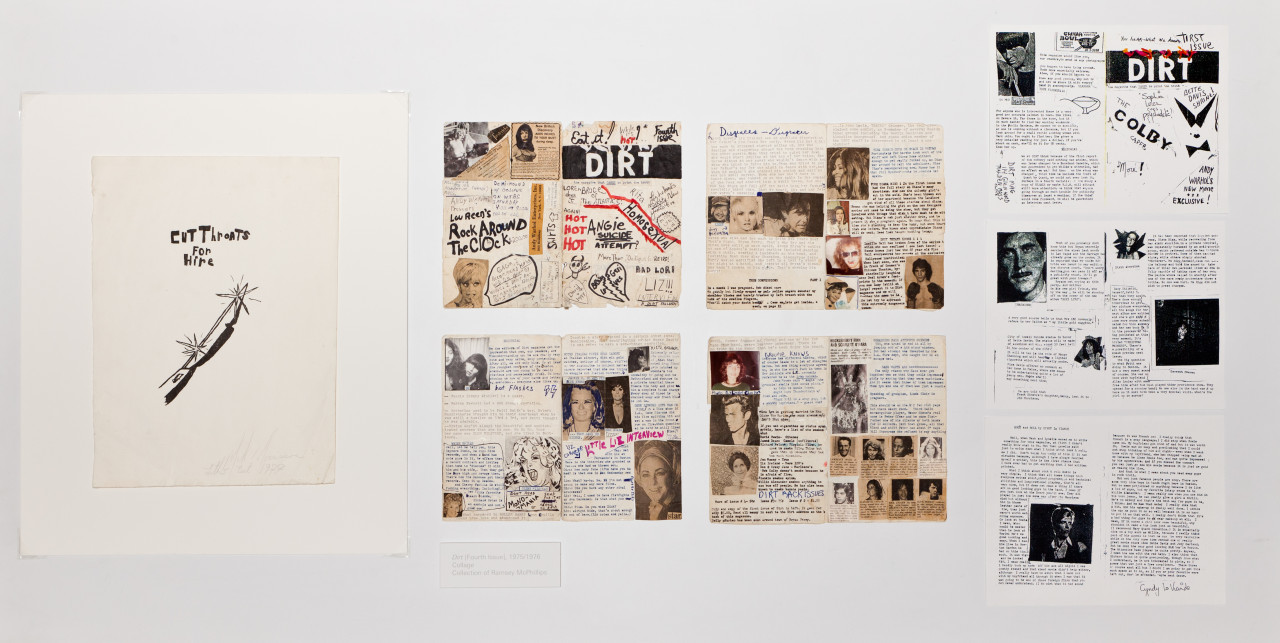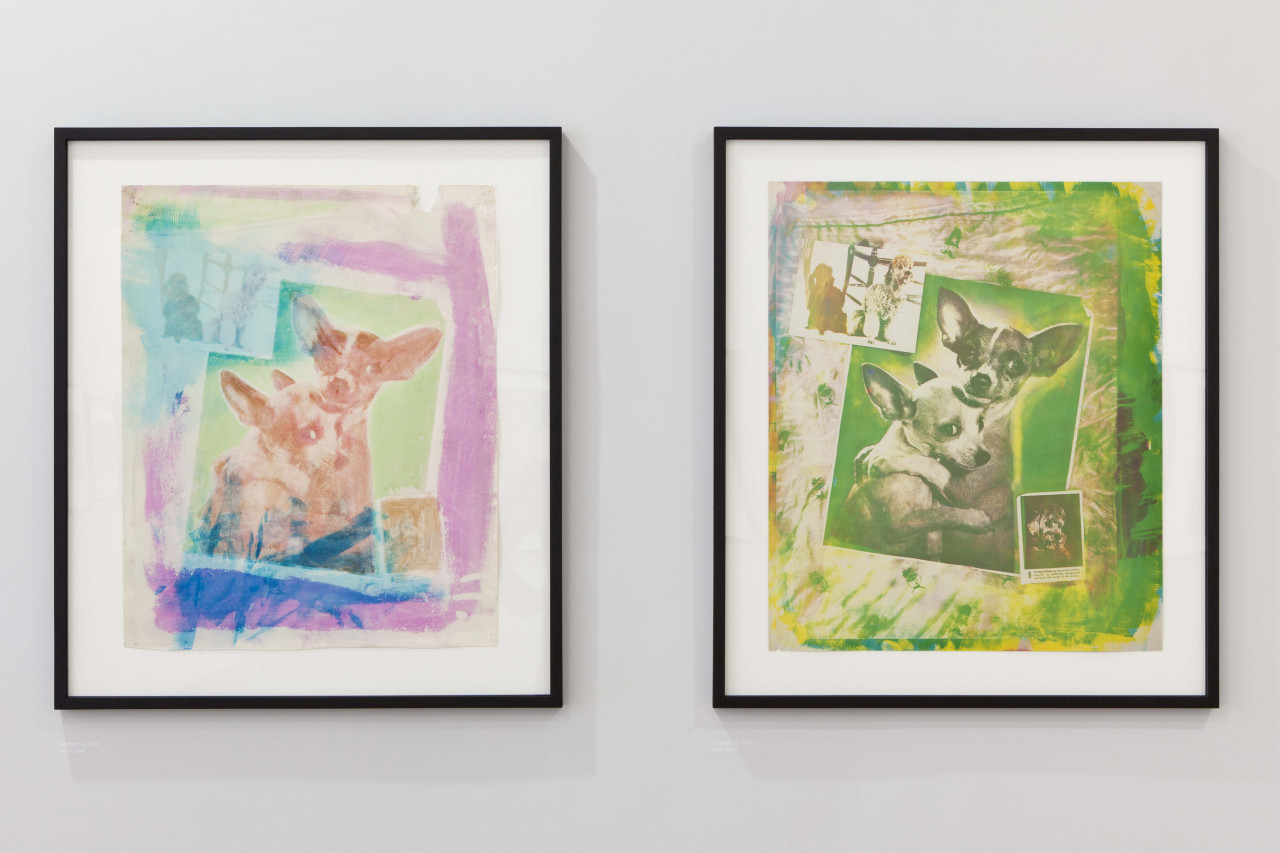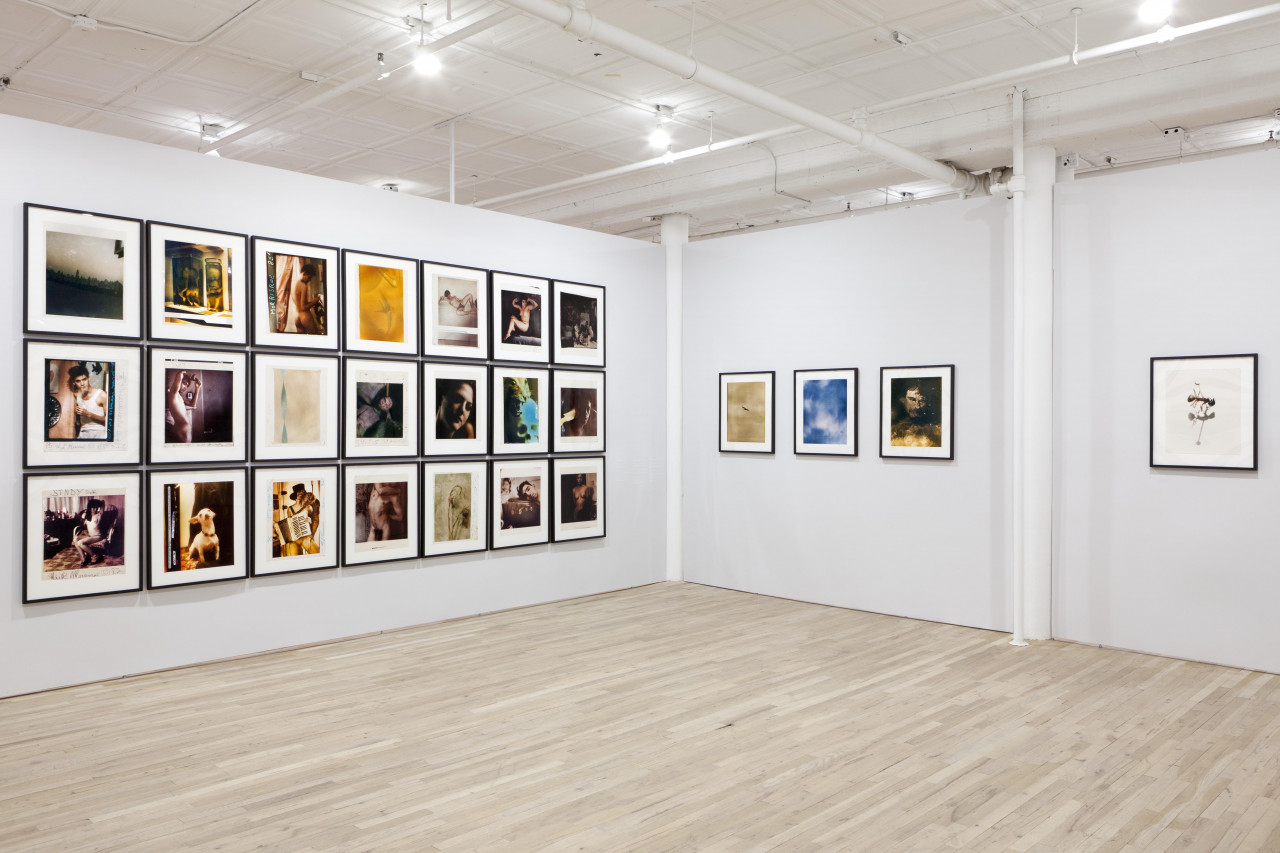Mark Morrisroe's work was intrinsically tied to his elaborate personae and his sexual and social relationships. He grew up in Boston where he worked as teenager hustler and where he later went to art school, before moving to New York City in the mid 1980s.
Morrisroe's subjects were his friends, lovers, and his everyday surroundings. The imagery of his photographs and 8mm films combines the diaristic with the melodramatic, presenting the post-punk scenes in Boston and New York through a lens of vivid and romantic degradation and decay. He worked with the immediate medium of Polaroid, while also experimenting with the photographic process, creating layered and hand-painted prints, photograms and cyanotypes. His resulting works are searing and frank portrayals of the display of selfhood, sexuality, illness and death.
While his photographs often appear offhand, and depict intimate and at times deviant moments, they also present individuals, couples, and groups as aspirational, posturing starlets, adopting the faded hues of 1950s Hollywood publicity shots and the classical nude compositions of Man Ray. Drawing from drag, cabaret, club and drug scenes, the performativity of his subjects was paramount:
The theoretical significance of Morrisroe's efforts to "write a new life" lies in his recognition that the compulsive and repeated effort to invent and re-invent oneself is fundamentally a form of "lying" – or fictionalization – and that "truth" is made up of a succession of lies. As an artist, Morrisroe located this performance of self at the heart of the photographic process. His complex manipulations of the photo negative – a preoccupation which persisted and developed throughout his career – allowed him a means of transposing truth into lies, and lies into truth, or, of "writing a new photograph."
– D. Joselit, Mark Morrisroe’s Photographic Masquerade, 1995
The horrors of AIDS – itself like some disease from science fiction – would have compounded the sense of a society in extremis... this urban landscape would be a venue throughout the early 1980s for a remarkable flowering of loosely networked individuals – fed on the traditional sub- cultural diet of drugs, flamboyance, sex, boredom, and intense emotional drama. As such, the early milieu out of which "the secret public" developed their artistic vision can now be regarded as the historical (and historic) witness to the end of an age – the late twentieth century equivalent, perhaps, to the "Weimardämmerung" observed by Stephen Spender in German society and youth culture during the late 1920s.
– M. Bracewell, An Evening of Fun in the Metropolis of Your Dreams, 2008







